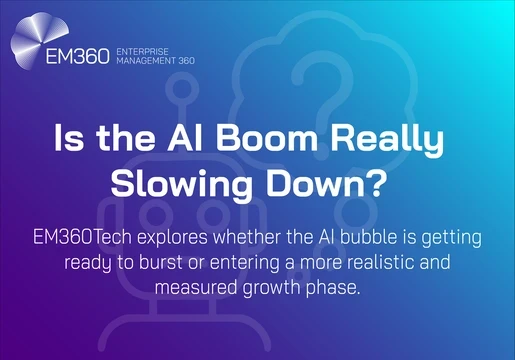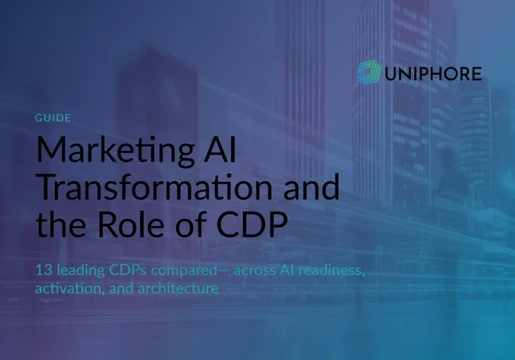Artificial Intelligence (AI) is revolutionising industries across the globe, and its impact on job roles is undeniable. As we enter the next decade, the integration of AI technology is expected to reshape various sectors, bringing both challenges and opportunities. While concerns about job displacement persist, experts believe that AI will transform industries, creating new roles and enhancing human potential in unprecedented ways.
As artificial intelligence (AI) continues to advance, there is a growing concern about its potential impact on job roles. While AI brings forth numerous benefits, it also has the capability to automate certain tasks and displace certain jobs. Understanding which jobs are most at risk can help individuals and industries prepare for the future.

Repetitive and Routine Tasks:
Jobs that primarily involve repetitive and routine tasks are most susceptible to automation. This includes positions in manufacturing, assembly lines, data entry, and basic administrative functions. AI-powered machines and algorithms can perform these tasks with speed and accuracy, potentially leading to a decrease in demand for human workers in these areas.
Customer Service and Call Centres:
With the advancement of AI chatbots and virtual assistants, jobs in customer service and call centres are also at risk. AI-driven systems can handle basic inquiries, provide information, and even troubleshoot problems. While human interaction and empathy are essential in certain customer service scenarios, AI can efficiently handle a significant portion of routine queries, reducing the need for a large workforce in these roles.
Transportation and Delivery Services:
The rise of autonomous vehicles and drones powered by AI poses a potential threat to jobs in transportation and delivery services. As these technologies become more sophisticated and reliable, the need for human drivers and delivery personnel may diminish. Self-driving trucks and automated delivery systems have the potential to streamline operations, enhance efficiency, and reduce costs, but this could also result in job displacement.
Data Analysis and Research:
While AI can automate certain aspects of data analysis, it can also enhance the capabilities of professionals in these fields. Jobs that involve manual data collection, processing, and analysis are at risk of being partially automated. However, AI tools can also provide valuable insights, augmenting human expertise and enabling data analysts and researchers to focus on higher-level tasks that require critical thinking and creativity.
Manufacturing and Production:
Manufacturing industries are particularly susceptible to AI-driven automation. Robots and AI systems can perform complex tasks on assembly lines, reducing the need for human labour in repetitive or hazardous environments. While this may lead to job displacement, it also opens opportunities for workers to transition into roles involving the maintenance, programming, and oversight of AI-driven manufacturing systems.
But, it’s not all negative!
It's important to note that while certain jobs are at risk of automation, AI also creates new opportunities and enhances existing roles. Jobs that require creativity, complex problem-solving, emotional intelligence, and interpersonal skills are less likely to be fully replaced by AI. Adapting to the changing job landscape involves upskilling, continuous learning, and embracing roles that complement AI technologies.
What’s next?
The next 10 years will witness a significant transformation of industries as AI takes on more job roles. While AI-driven automation may displace certain tasks, it will also create new opportunities and redefine job roles. Collaboration between humans and AI systems will unlock unprecedented potential. Upskilling and continuous learning will be crucial to thrive in this changing landscape. By embracing AI and shaping its integration with careful consideration, we can build a future where humans and intelligent machines work together harmoniously, driving innovation and progress.







Comments ( 0 )